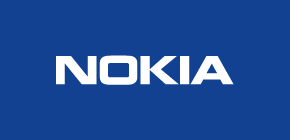Why Sony PS5 Pro will not be launched in India?
Sony has confirmed that its highly anticipated PlayStation 5 Pro, which was released in select markets on November 7th, will not be available in India due to regulatory issues. In an official statement shared with FE.com, Sony explained, “PS5 Pro will not be available in some countries (which presently includes India) where 6GHz wireless band used in IEEE 802.11be (Wi-Fi 7) has not yet been allowed.”
The PS5 Pro’s dependence on Wi-Fi 7 highlights a broader trend in the tech industry. With the launch of the PS5 Pro, devices compatible with Wi-Fi 7 are anticipated to gain traction in regions where the 6GHz band necessary for Wi-Fi 7 has already been approved. However, for tech enthusiasts in India, regulatory limitations mean they will have to wait until the 6GHz band becomes available in the country.
Sony has announced the release of a limited-edition PlayStation 5 and accessories on November 21st. The special PS5 will be available in a grey color reminiscent of the original PlayStation. This release comes ahead of the 30th anniversary of Sony’s PlayStation, which will be celebrated in December of this year.
The PS5 Pro was unveiled in September of this year and delivers a significant performance enhancement compared to the standard PS5. It includes a GPU that is 67 percent faster, improved memory, and AI-driven upscaling through Sony’s Spectral Super Resolution technology. Additionally, the console is expected to introduce upgrades for ray tracing, faster frame rates, and better storage options, offering players the ultimate gaming experience. Priced at $699.99 (around 59000), it is touted as the company’s most powerful and innovative gaming console.








